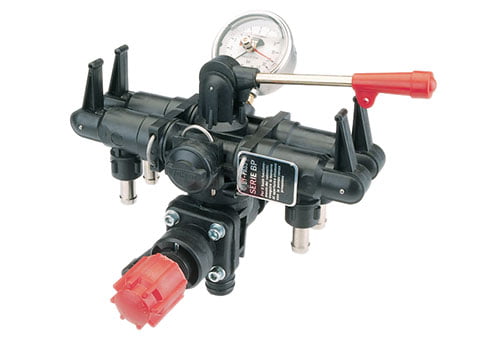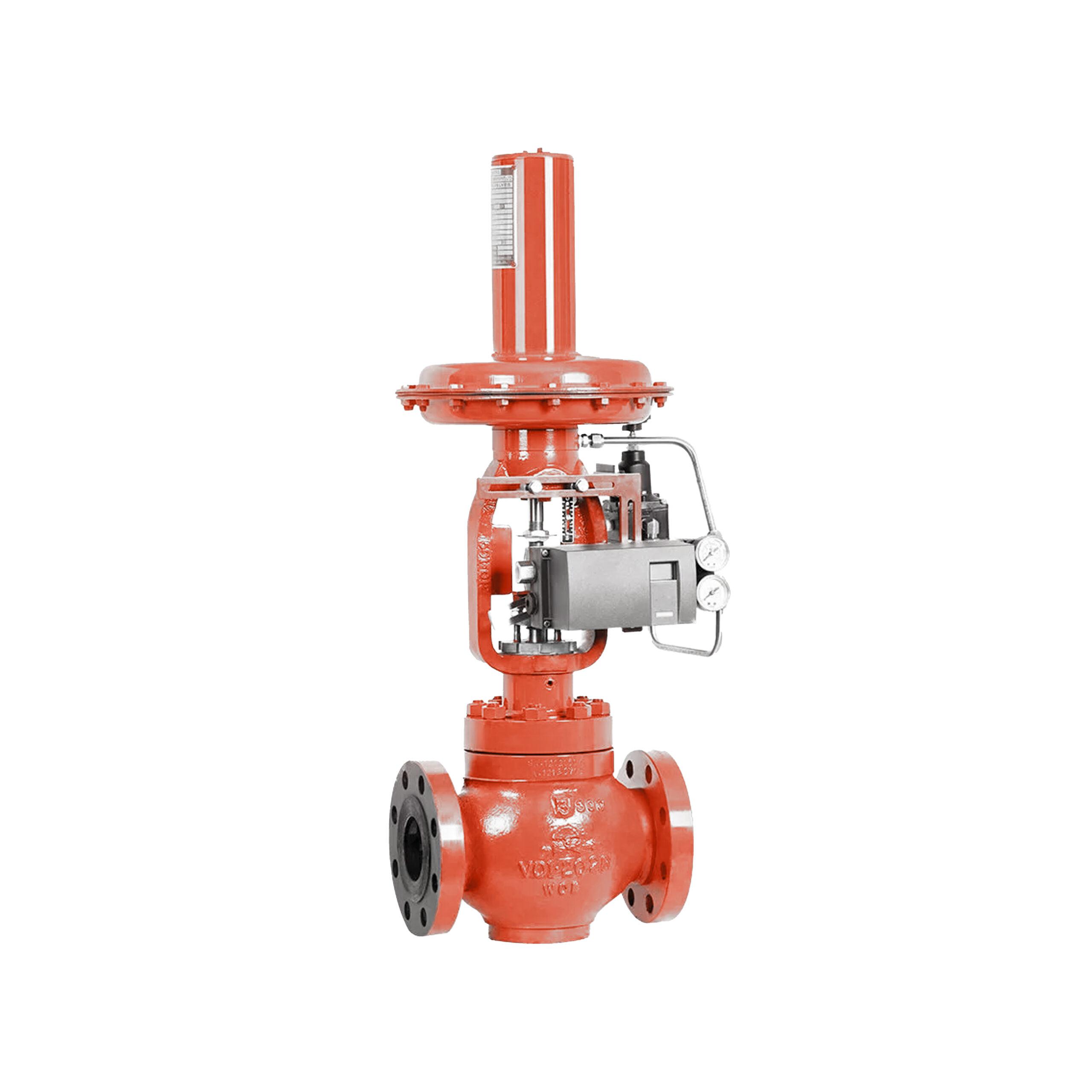Recognizing the Relevance of Control Valves in Process Automation
Recognizing the Relevance of Control Valves in Process Automation
Blog Article

Maximize Energy Cost Savings and Comfort With Advanced Building Automation Controls
In the world of modern style and facility administration, the assimilation of advanced structure automation regulates stands as a crucial innovation. The convergence of technology and sustainability has actually birthed a new era where power efficiency, convenience optimization, and operational streamlining are no longer attainable realities yet far-off goals. By taking advantage of the power of automation, structures can adjust, react, and progress in means that were when unbelievable. The potential for significant power savings and improved comfort is not simply a pledge yet an opportunity waiting to be fulfilled. This paradigm change in building monitoring holds the crucial to opening a globe where ecological conscientiousness and occupant health harmoniously exist together within the walls of our frameworks.
Energy Performance Conveniences
Energy performance benefits can substantially lower power consumption and operational prices in structures. Energy-efficient systems, such as sophisticated building automation controls, can enhance the usage of sources like home heating, lights, and cooling, leading to reduced power expenditures over time.
Moreover, improved energy performance can prolong the life expectancy of structure equipment and systems. By operating extra effectively, HVAC systems, light, and other structure components experience less damage, resulting in lowered maintenance and substitute costs. Furthermore, energy-efficient structures usually regulate higher home values and rental prices, giving lasting economic benefits to owners.
Additionally, power performance can boost resident comfort and performance. Correctly controlled indoor environments with optimal lights and thermal conditions produce an even more pleasurable and conducive workspace, resulting in enhanced staff member contentment and performance. On the whole, the energy effectiveness benefits connected with sophisticated structure automation controls are diverse, including cost financial savings, environmental stewardship, and resident health.
Boosted Convenience Control
Enhancing comfort control in structure environments calls for a sophisticated integration of innovative automation systems for optimal passenger wellness. By making use of innovative structure automation controls, centers can tailor the indoor environment to meet the details requirements and preferences of passengers. control valves.
By integrating these sophisticated controls, buildings can not only improve convenience however additionally enhance power performance by maximizing system procedures based on real occupancy and usage patterns. Eventually, focusing on passenger convenience via advanced automation systems leads to an extra satisfying and healthier indoor environment.
Functional Effectiveness Improvements

Moreover, the execution of real-time tracking and analytics devices allows building operators to recognize energy inadequacies and functional anomalies promptly. By constantly checking energy usage patterns and system performance metrics, modifications can be made in real-time to enhance power consumption and make certain peak functional efficiency. control valves. Additionally, including need feedback approaches into structure automation controls can better boost functional efficiency by dynamically readjusting energy use based on grid conditions and prices signals
Indoor Environment Optimization
Effective indoor environment optimization is a basic aspect of building automation controls, making certain passengers' convenience and wellness while optimizing energy financial savings. By using innovative sensing units and controls, building automation systems can continually monitor and adjust temperature level, humidity levels, air quality, and ventilation to produce an ideal indoor atmosphere. Keeping consistent and comfortable conditions not only enhances resident satisfaction however likewise improves performance and total well-being.
Indoor environment optimization also plays an important duty in power effectiveness. By fine-tuning ventilation, home heating, and air conditioning systems based on real-time information and tenancy patterns, building automation controls can substantially lower power consumption - control valves. Implementing approaches such as demand-controlled ventilation and thermal zoning can assist lessen power waste while making certain that each area of the structure obtains the required conditioning.

Lasting Setting Development
Building automation manages not just maximize indoor climate conditions for power performance and passenger comfort however also lay the foundation for producing a lasting setting with strategic management of systems and sources. By this article incorporating sophisticated structure automation innovations, such as sensors, actuators, and smart software, centers can check and readjust power use in real-time to minimize waste and reduce their carbon footprint. These systems enable predictive maintenance, determining prospective problems prior to they escalate and enhancing tools efficiency to improve long life and performance.
Additionally, lasting environment production extends beyond power administration to include water preservation, waste reduction, and interior air high quality enhancement. Building automation controls can regulate water use, detect leakages, and guarantee correct garbage disposal techniques, adding to total sustainability initiatives. Furthermore, by keeping an eye on and controlling find out ventilation and filtration systems, these technologies improve passenger health and productivity while reducing energy consumption linked with cooling and heating procedures.
Conclusion
Finally, progressed building automation regulates deal significant advantages in regards to energy financial savings, convenience control, functional efficiency, interior environment optimization, and creating a lasting setting. By implementing these controls, buildings can accomplish optimum efficiency while minimizing energy consumption and improving passenger comfort. It is noticeable that the use of advanced automation technology is important in boosting building performance and producing a much more lasting future.
Power performance advantages can considerably decrease energy consumption and functional prices in buildings. In general, the energy performance advantages associated with sophisticated structure automation controls are multifaceted, encompassing cost financial savings, ecological stewardship, and passenger well-being.
Furthermore, incorporating demand action approaches into building automation controls can additionally improve operational efficiency by dynamically readjusting power usage based on grid problems and prices signals.
Structure automation click here to find out more manages not just enhance interior climate problems for power effectiveness and occupant convenience yet also lay the foundation for producing a lasting atmosphere through tactical administration of sources and systems.In conclusion, advanced structure automation controls deal substantial benefits in terms of power financial savings, comfort control, operational effectiveness, indoor climate optimization, and producing a lasting setting.
Report this page